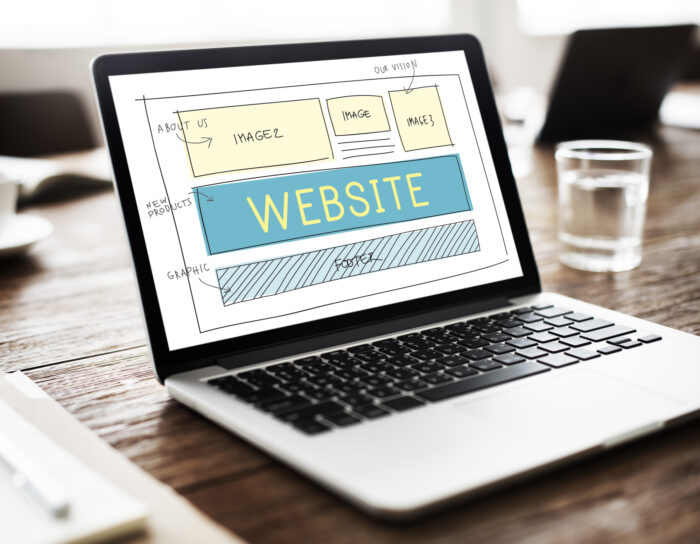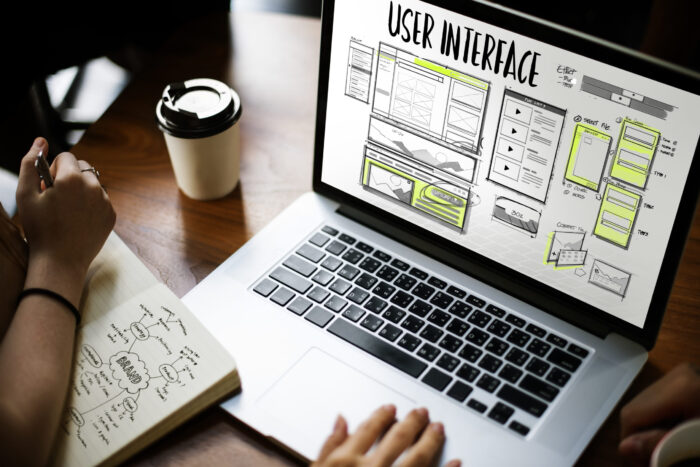Your website isn’t just a digital storefront—it’s a full-fledged sales rep, marketing strategist, and customer service expert rolled into one. Every color, word, and call-to-action button influences how visitors behave, whether they linger, explore, or bounce.
The way you design and build your website can make the difference between a simple casual browser and a loyal customer. If you want people to stay, engage, and convert, every detail has to work in your favor. So, what exactly influences decision-making on your site?
Let’s discuss how different website elements shape user behavior and why they matter.
The Color in Your Company Logo Makes a Difference
Your logo isn’t just a pretty picture—it’s a psychological tool that shapes how people perceive your brand. The color in your company logo plays a critical role in first impressions, affecting trust, recognition, and even emotional responses.
Red can convey urgency or passion, while blue often represents trust and professionalism. Green signals health and sustainability, and black screams luxury and sophistication. The right color choice can strengthen brand identity, while the wrong one might send mixed signals.
A logo sets the tone before visitors even read a single word. If your brand’s colors clash with its message, you risk confusing potential customers.
This is why color psychology in branding is so important. Thoughtfully chosen colors in a logo can influence purchasing behavior and brand recall, making them one of the most powerful tools in your website’s design arsenal.
Use the Color Wheel Help You Create a Winning Website Palette
If you’ve ever gotten stuck wondering which colors to choose for your website, the color wheel is your best friend. Colors don’t just exist in isolation—they work together (or against each other) to create a mood, highlight key elements, and even help guide users through your site. A well-crafted palette makes a website look cohesive, professional, and visually appealing.
Color theory isn’t just about picking your favorite shades; it’s about understanding contrast, harmony, and balance. Complementary colors—those opposite each other on the wheel—create strong contrast and grab attention, making them great for call-to-action buttons.
Analogous colors—those next to each other—create a smoother, more cohesive look, perfect for branding consistency. The key is to use a mix that enhances readability and directs attention where you want it to go.
Copywriting to Make or Break a Sale
You can have the most stunning design in the world, but if your website’s copy falls flat, you’ll lose potential customers before they ever make a purchase. Words matter. Every headline, description, and button label should be working toward one goal: convincing visitors to take action.
Great copywriting isn’t about throwing in fancy words—it’s about speaking to your audience in a way that feels natural and persuasive. It should answer their questions, alleviate doubts, and highlight the benefits of your product or service. People don’t want to hear about features; they want to know how those features will ultimately improve their lives.
Short, punchy sentences grab attention. Conversational tones build trust. A strong call to action ensures visitors know exactly what to do next. The right words can tap into emotions, create urgency, and guide decision-making. Copy isn’t just text—it’s your digital salesperson.
Call-to-Action Buttons are Conversion Machines
A website without clear calls to action (CTAs) is like a store without a checkout counter. Visitors might love what they see, but if they don’t know what step to take next, they’ll leave without converting. A strong CTA tells users exactly what to do, whether it’s “Buy Now,” “Sign Up,” or “Get Started.”
Placement, color, and wording all play a role in how effective your CTAs are. They should be easy to find, visually distinct, and action-oriented. Vague phrases like “Learn More” don’t perform as well as direct commands like “Download Your Free Guide” or “Start Your Free Trial.” The goal is to make it as simple as possible for users to take the next step.
The color of a CTA button also matters. High-contrast colors make buttons stand out, and warm colors like orange or red tend to create a sense of urgency.
Website Speed and Layout Affect Buying Decisions
People expect instant gratification, and slow load times create frustration. Even a short, one-second delay can lead to a drop in conversions, which is why speed optimization is a critical factor in website success.
But speed isn’t the only thing that matters—layout plays a major role in how people navigate and interact with your site. A cluttered homepage overwhelms visitors, while a clean, organized layout makes it easier for them to find what they need.
White space, or negative space, is just as important as the content itself. It gives the eye a break, makes text easier to read, and ensures that important elements stand out.


